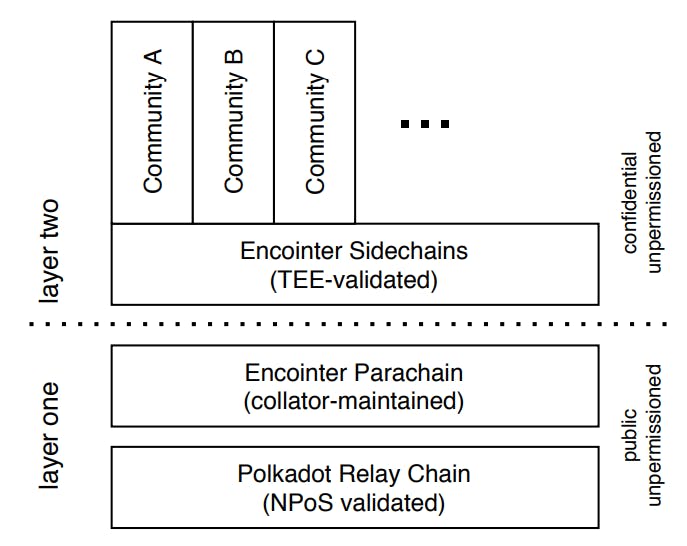Perp TRADER Profits $190M From Hyperliquid As Market Plummeted


On October 11, 2025, the cryptocurrency market experienced one of its most severe flash crashes in history, triggered by U.S. President Donald Trump’s unexpected announcement of 100% tariffs on all Chinese imports effective November 1.
Bitcoin (BTC) plummeted from around $125,000 to as low as $104,000—a 17% drop—in under three hours, while Ethereum (ETH) fell 18% to $3,574, and many altcoins shed 60-90% of their value.
Over $1 trillion in market capitalization evaporated, and more than 1.6 million traders faced liquidations totaling $30 billion, the largest such event on record. This chaos highlighted vulnerabilities in both centralized and decentralized platforms, but two stories dominated: a mysterious Bitcoin whale’s massive profits and an outage on the emerging perpetuals DEX Lighter.
Register for Tekedia Mini-MBA edition 18 (Sep 15 – Dec 6, 2025): registration continues.
Tekedia AI in Business Masterclass opens registrations.
Join Tekedia Capital Syndicate and co-invest in great global startups.
Register for Tekedia AI Lab: From Technical Design to Deployment.
$200M Profit from Perfectly Timed Shorts Blockchain analytics firms like Lookonchain and on-chain sleuths quickly spotlighted a Satoshi-era (2011) Bitcoin whale who appeared to “front-run” the crash with uncanny precision. This trader, identified by wallet addresses, opened over $1.1 billion in short positions on BTC and ETH across platforms like Hyperliquid just days before the announcement.
Three days prior on October 8, the whale initiated shorts worth hundreds of millions, betting on a downturn amid rising U.S.-China trade tensions.
Exactly 30 minutes before Trump’s tariff speech, the whale doubled their exposure, adding another nine-figure short on BTC and ETH. Linked wallets mirrored these moves, fueling speculation of insider knowledge or coordinated trading.
As the market tanked, the whale closed 90% of their BTC short and fully exited ETH positions at the bottom, locking in realized profits of approximately $190-200 million in under 30 hours. They left a small $92 million BTC short open, with an additional $35.8 million in unrealized gains.

Most activity occurred on Hyperliquid, where the whale’s trades contributed to the liquidation frenzy. Funds were swiftly withdrawn to new accounts, and the trader has since gone neutral—no further shorts.
This wasn’t isolated luck; the timing raised red flags about information asymmetry in crypto. Whales with ties to traditional finance or policy circles may have anticipated the tariff bombshell, turning a geopolitical shock into a windfall.
Lighter Perp DEX: Outage Amid the StormAs the crash unfolded, decentralized exchanges (DEXs) faced unprecedented stress from cascading liquidations and thin order books.

While some platforms like Hyperliquid and Pacifica held up, Lighter—a fast-rising zk-rollup-based perpetuals DEX on Ethereum L2—suffered a significant outage. Lighter, backed by a16z Crypto and known for its zero-fee model and 10,000 orders-per-second speed, was in private beta with $700M TVL and $5.75B daily volume pre-crash.
But the event exposed scaling limits. Withdrawals began glitching hours before the tariff announcement, with charts freezing shortly after. During the peak cascade BTC dipping to $104K, Lighter went fully offline for about 1 hour at record throughput levels.
Trading halted, preventing closes or new orders, and recovery lagged behind competitors. High leverage up to 200x amplified liquidations, overwhelming Lighter’s central limit order book (CLOB) and zk-proof verification.
Unlike centralized exchanges (CEXs) like Binance, which could throttle APIs, Lighter’s on-chain settlement left no “off-switch,” turning a $400M liquidity pool into a vulnerability during the black swan event.
Users reported inability to exit positions, exacerbating losses. This echoed past DEX issues like the Hyperliquid’s July outage but hit Lighter harder due to its youth—launched in beta early 2025, with spot trading eyed for late October.
The outage wasn’t Lighter’s first rodeo—earlier ties to Hyperliquid’s API issues hinted at dependencies—but it underscored a broader. Even “decentralized” platforms can falter under extreme volatility. Perp DEX trading volume had hit $1T monthly in September 2025, but events like this test infrastructure beyond incentives.
This crash wasn’t just a tariff tantrum; it was a stress test for crypto’s maturity. Whales like this one thrive on opacity, extracting value while retail bleeds—$30B in liquidations vs. one entity’s $200M haul.
For DEXs, Lighter’s stumble highlights the need for hybrid safeguards without sacrificing trustlessness. As markets recover BTC at ~$111K as of October 12, expect regulatory scrutiny on insider trading and calls for better DEX resilience.
If history rhymes, this could mark the cycle’s “purge” phase, weeding out weak hands before the next leg up. Stay vigilant—crypto’s playground favors the informed, not the hopeful.





